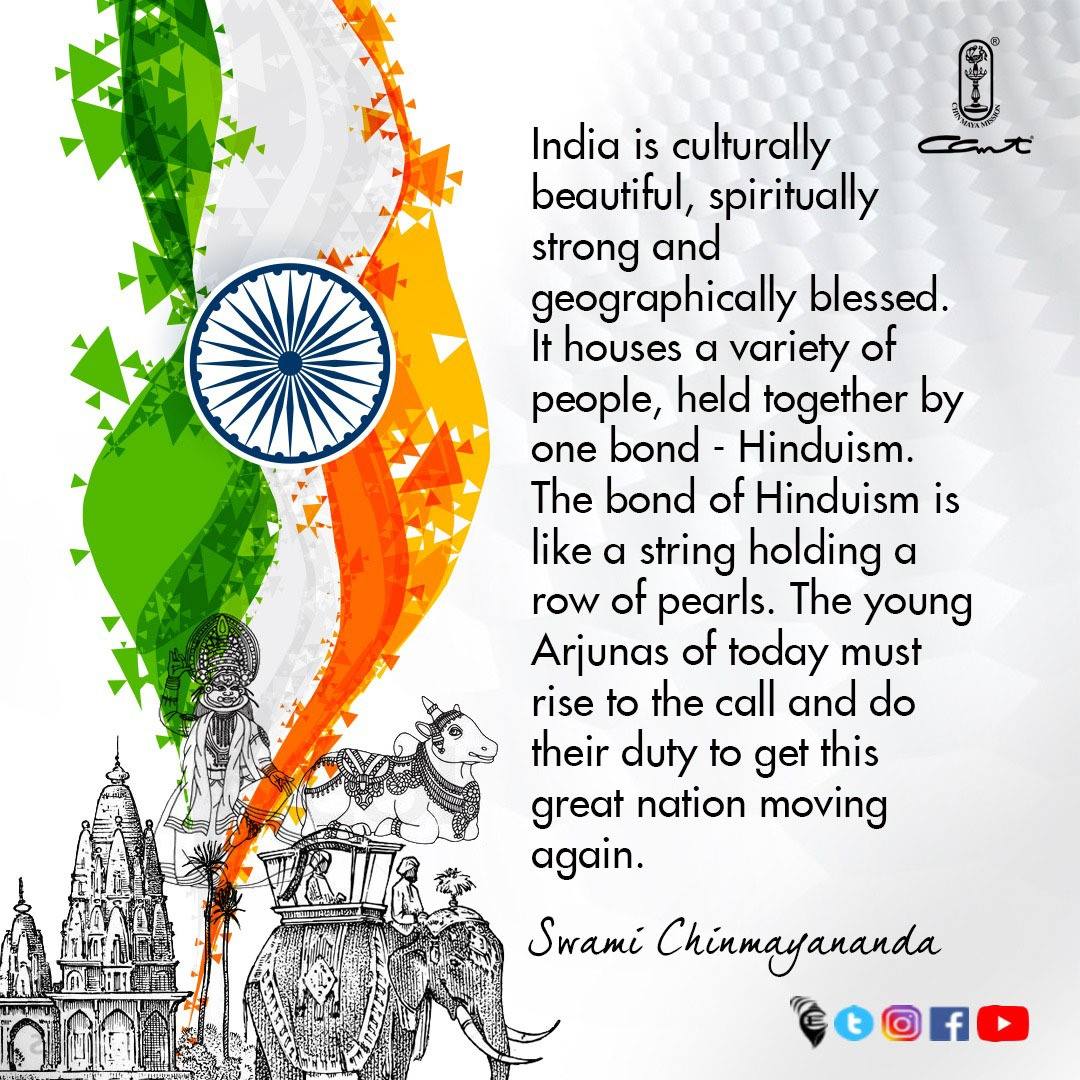The Essence of the Brihadaranyaka Upanishad : 2. - Swami Krishnananda.
-----------------------------------------------------------------------------------
Friday, April 16, 2021. 10:25. AM.
1.Introduction -2.
-----------------------------------------------------------------------------------
In ancient times, masters and sages sat together in congregation, and discussed the problems of life of here and hereafter. What is life? What is this world? What is our duty? What are we expected to do, and in what way are we to behave, and so on. Is there a life beyond, or, is this life everything? Is this earth the evaluating principle of all, or is there something beyond? These questions were discussed in great detail, through centuries, right from the time of the Vedas.
We have, in India particularly, a series of records available of such discussions of ancient masters, which are given to us today in the form of what we call the Veda-Rasi or the lore of sacred wisdom, usually known as the Vedas. It is a book of wisdom, or we may call it a group of books of wisdom, records of such discussions, findings, realisations and experiences of various experts who have tried to dive into the depths of ‘being’ and brought out the pearls from the ocean of existence, and proclaimed the value of it all, and the meaning of it, to everyone.
The Veda-Shastras are classified into the exoteric and the esoteric, as in the case of every religious lore. We have this distinction in Christianity, in Islam, and everywhere—the outward religion and the mystical approach to Truth. The Vedas are, therefore, a general term for this entire group of scriptures, which discuss by a long range of development of thought, every approach to Reality possible, from the lowest to the highest. These layers of approach, recorded in the Vedas, are available to us in the groupings, today known as the Samhitas, the Brahmanas, the Aranyakas and the Upanishads.
The Samhita portion of the Vedas is constituted of hymns and prayers to deities, transcendent powers, spiritual forces, which guide the embodiments in the form of created beings. They are the summonings of the soul in terms of the higher spirits which were felt to be present in the depths of contemplation and visions of various kinds. These hymns, known as the Samhitas, in the Vedas, could be applied for two purposes—for meditation as well as for ritual. When they become instruments of meditation or contemplation, they are the contents of what are known as the Aranyakas; and when they become the guidelines for action, ritual, sacrifice and worship, they are called the Brahmanas.
So, there are two developments in the Vedic thought—the Brahmanas and the Aranyakas, developed from the Samhitas, branching forth in two different directions—contemplation and action. But there was a time when the peak of experience spiritual culminated in a blend of all these, in what are known as the Upanishads. The Upanishads represent the quintessence of thought, the essence that is drawn out from the Vedic knowledge, and the honey that is sucked, as it were, from the body of knowledge—Samhitas, Brahmanas and Aranyakas—not representing conditioned life merely, but reaching the utmost of effort to discover the nature of the unconditioned Reality.
To be continued ...
=========================================================================



.jpg)

Comments
Post a Comment